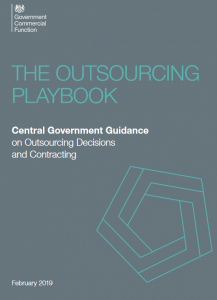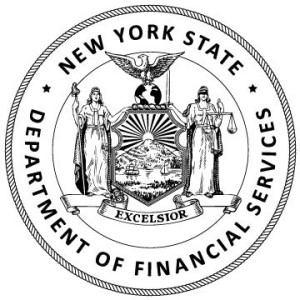Search
U.S. Financial Regulators Propose Rule that Supervisory Guidance Does Not Equal Law
Posted
On October 20, 2020, a consortium of U.S. federal financial regulators (Regulators)[1], issued a proposed rule (Proposed Rule) that, if enacted, would codify that mere supervisory guidance that is not the product of notice and comment rulemaking—e.g., interagency statements, advisories, bulletins, policy statements, and FAQs—does not have the force of law. The Proposed Rule would further clarify that the Regulators will not take enforcement actions (including less draconian supervisory actions, like issuing “matters requiring attention”) based on violations of, or non-compliance with, such guidance.
 Sourcing Speak
Sourcing Speak






